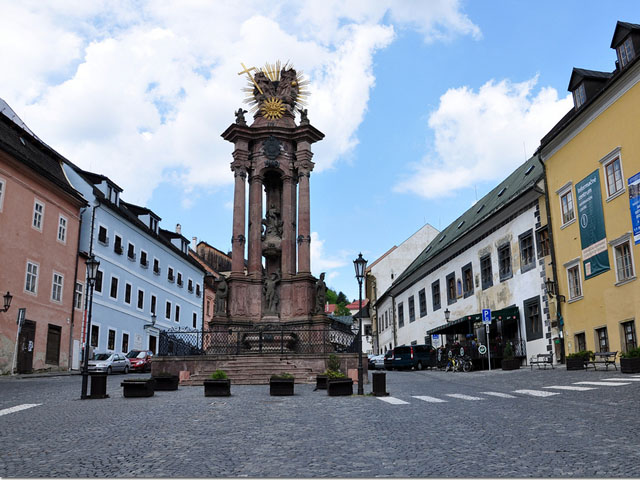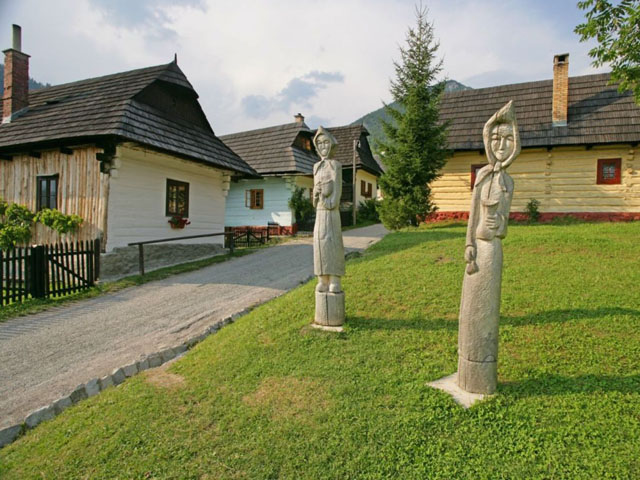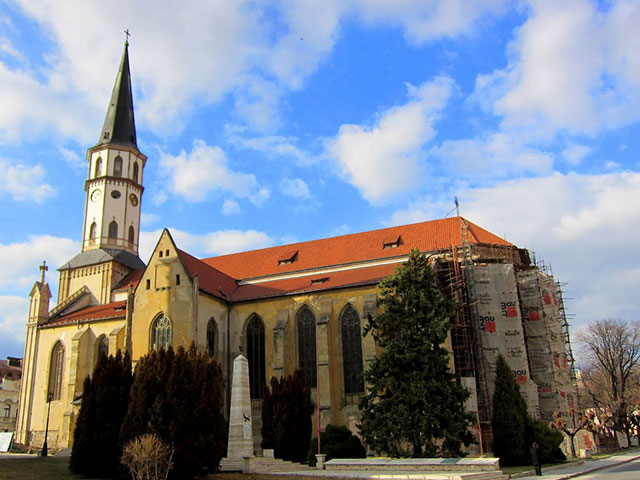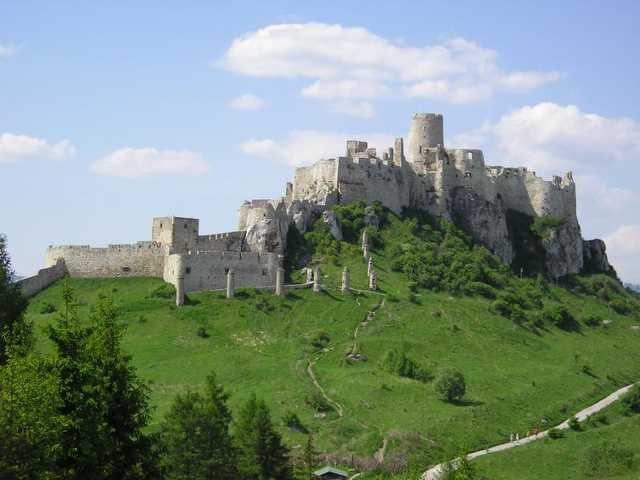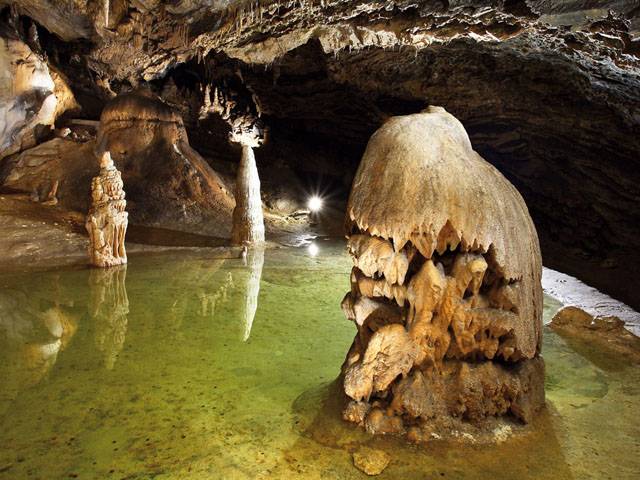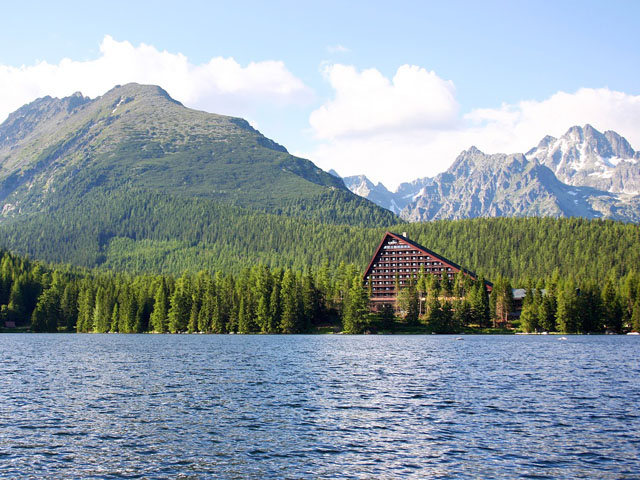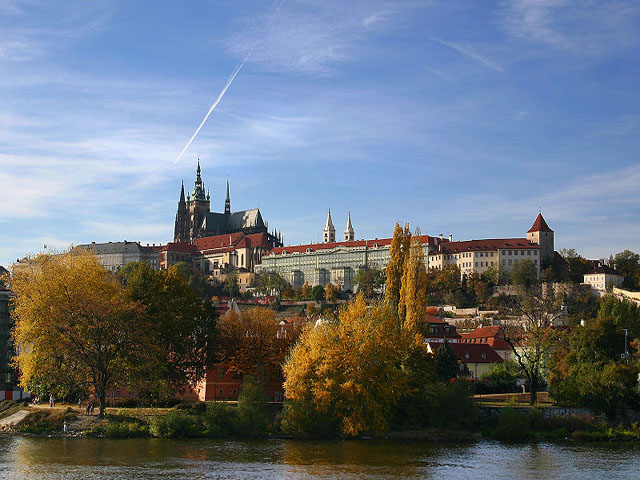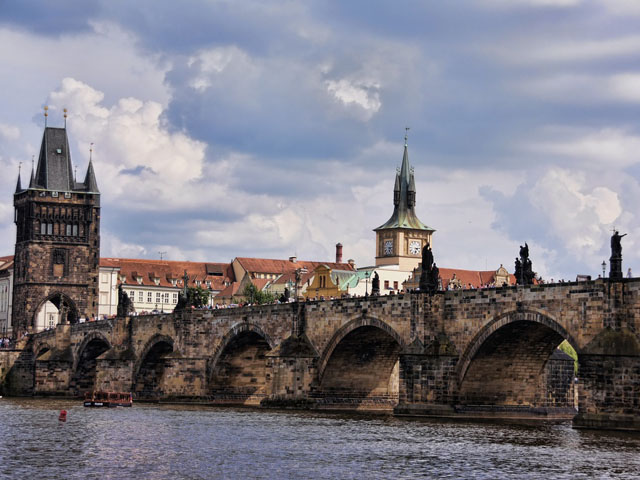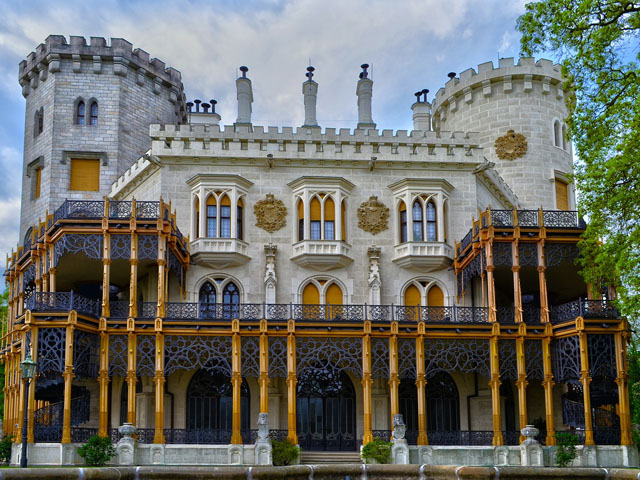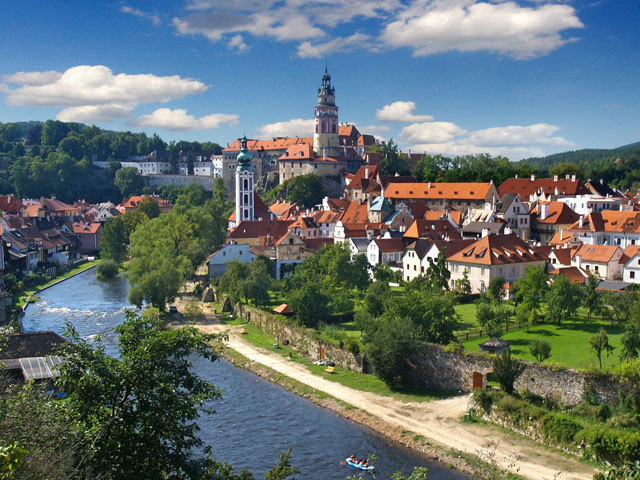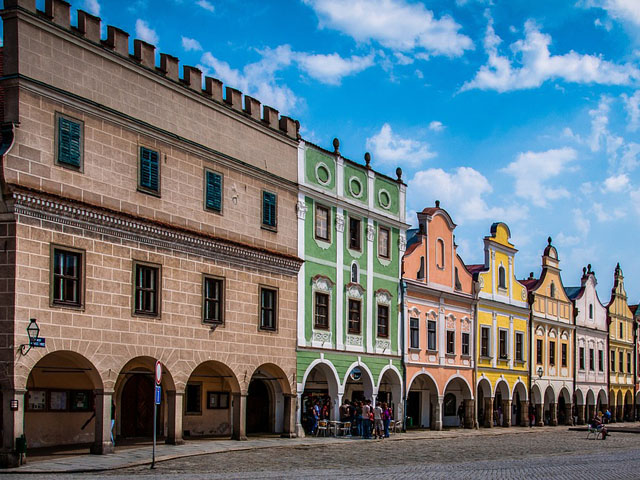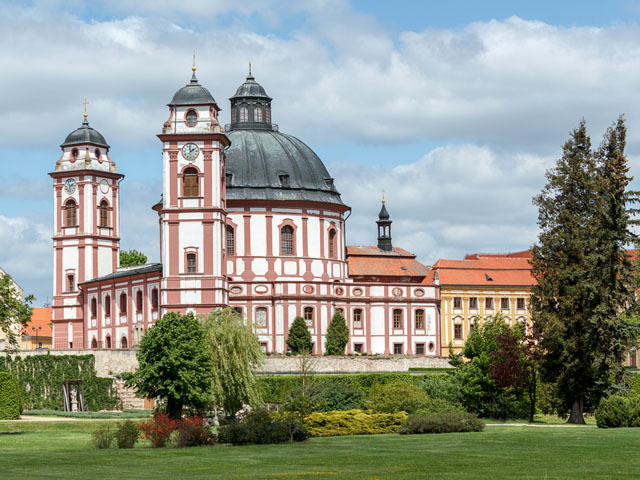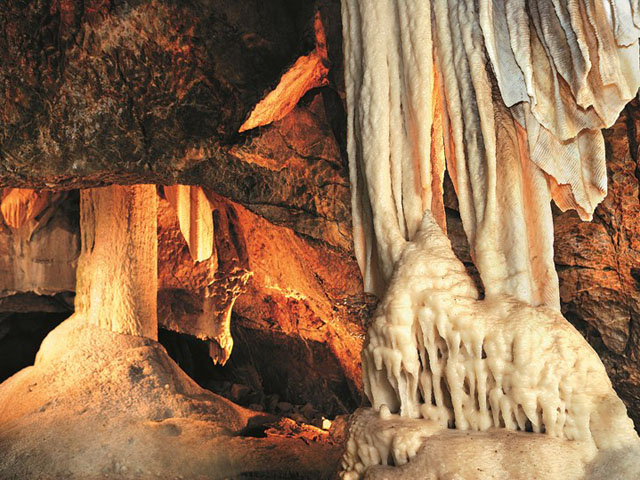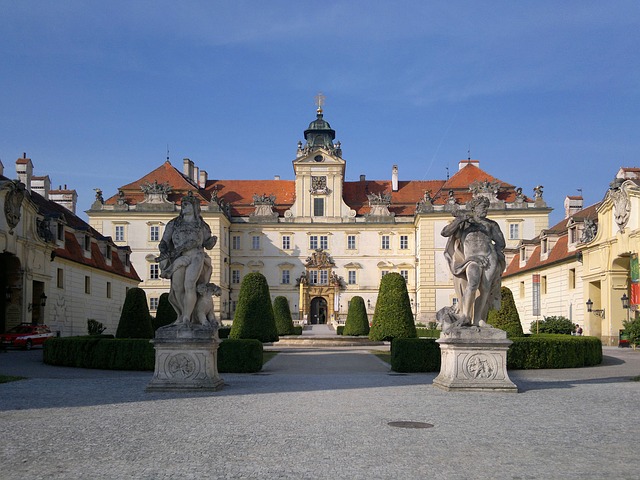Included
- Trip transport by private car/van
- Airport transfer from Vienna to Brno on arrival day
- First-class train tickets: Prague - Poprad
- Accommodation with breakfast in stylish hotels:
- 3 nights in Brno
- 2 nights in Cesky Krumlov
- 2 nights in Prague
- 3 nights in Kezmarok
- 1 night in Banska Stiavnica
- 2 night in Bratislava
- Services of an English speaking tour guide throughout the tour
- Walking tours of Bratislava, Banska Stiavnica, Levoca, Prague, Cesky Krumlov, Telc, Trebic, Brno
- Excursions to Hronsek, Vlkolinec, Spis Castle, St James church, Spisska Kapitula, chateau of Hluboka, Cesky Krumlov Castle, Moravian Karst
- Wine tasting in the National Wine Salon of the Czech Repulic

